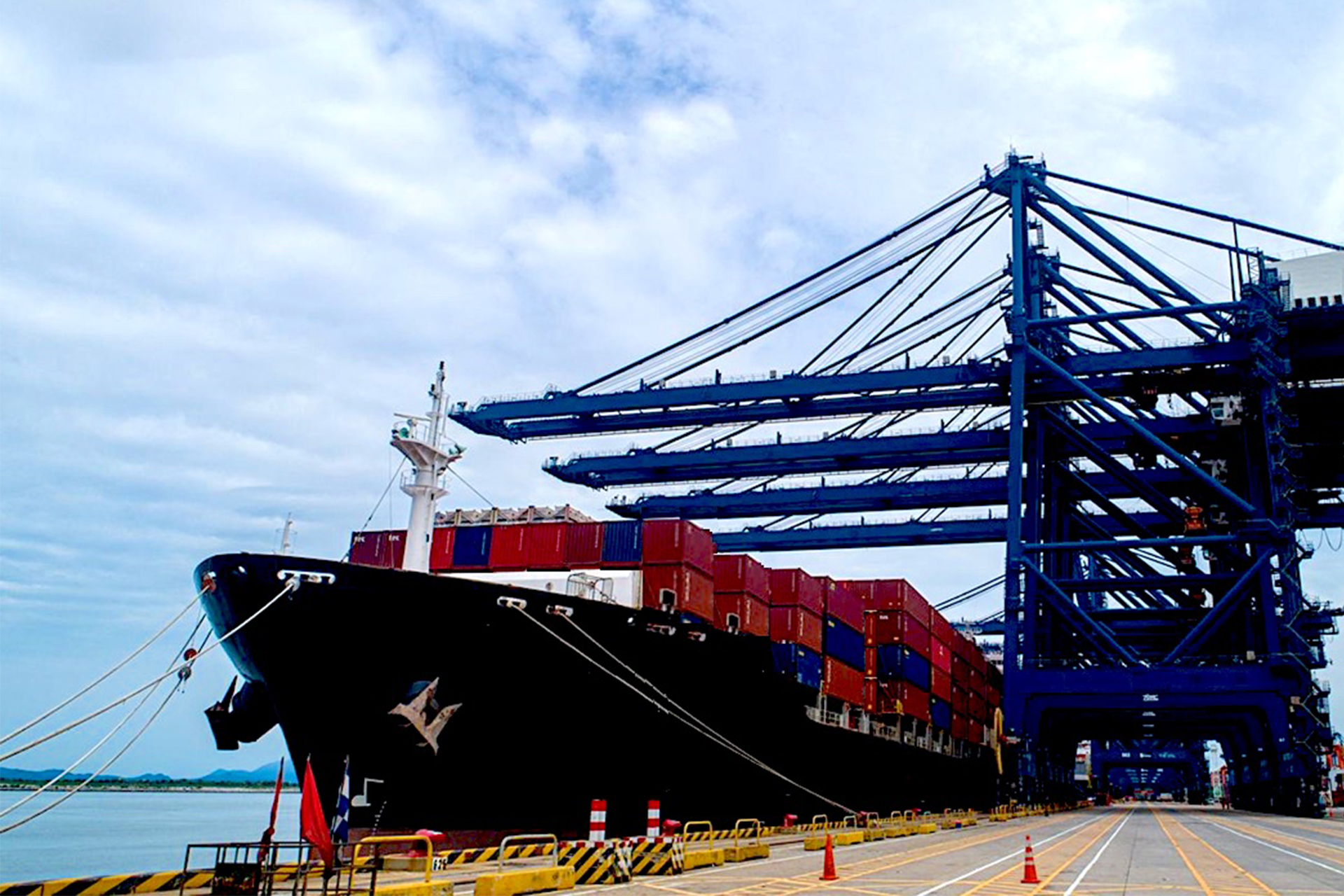The flow of imports to the largest retail container ports in the United States should remain at near-record levels this month but could see a slight dip from last year’s unusually high numbers as congestion slows the movement of backed-up cargo through the overtaxed facilities, according to the monthly Global Port Tracker report released by the National Retail Federation and Hackett Associates.
Hackett Associates founder Ben Hackett noted, “Just when we thought things couldn’t get any worse with the logistics supply chain, we’ve been proven wrong. From power outages and port shutdowns in Asia to backed-up ships and shortages of truck drivers in the United States, there are few positive signs that the movement of consumer goods or the supply of inputs needed for industrial production is getting better.”
U.S. ports covered by Global Port Tracker handled 2.27 million Twenty-Foot Equivalent Units in August, the latest month for which final numbers are available. The total was up 3.5% from July and up 7.8% from a year earlier, tying March as the second-busiest month since NRF began tracking imports in 2002. May stands as the busiest month on record at 2.33 million TEU. Although ports have not reported September numbers yet, Global Port Tracker projected the month at 2.25 million TEU, which would be up 6.7%year-over-year.
It forecast October at 2.21 million TEU, down 0.3% from the same time last year — when imports surged dramatically as the economy reopened after the first wave of COVID-19 infections and retailers rushed to meet pent-up consumer demand — but still the sixth-busiest month on record as imports remain high. The year-over-year decline would be the first recorded since July 2020. NRF forecasts November at 2.16 million TEU, which would be up 2.9% year-over-year, December at 2.1 million TEU, down 0.2%, January at 2.17 million TEU and February 2022 at 1.9 million TEU, up 1.4% year-over-year.
The current congestion and disruption come in the middle of the peak season for shipping as retailers stock up on holiday merchandise for the upcoming season, NRF pointed out, but many retailers began bringing in holiday goods this summer to ensure sufficient inventory will be available as the year-end approaches. In the first half of 2021, port movement totaled 12.8 million TEU, up 35.6% from the same period in the year before. For the full year, 2021 is on track to total 26 million TEU, up 18.1% from 2020 and a new annual record topping last year’s 22 million TEU. Cargo imports during 2020 were up 1.9% from 2019 despite the pandemic.
A TEU is one 20-foot container or its equivalent.
“The cargo is there for larger gains at several ports but congestion issues are impacting fluid operations,” NRF vp/supply chain and customs policy Jonathan Gold said in announcing the import figures. “Ships will eventually get unloaded, but the pressure is on for everyone to work together to get the containers out as quickly as possible. Retailers are doing whatever it takes to make sure shelves are well-stocked for the holidays, from bringing in merchandise earlier to chartering their own ships. Consumers should be able to find what they need, but it’s always safer to shop early than wait until the last minute.”





